Proactive fertilizer source
During a trip to the West, Mr. Nguyen Van Tho in Hamlet 4, Minh Tam Commune, Hon Quan District visited a bat farming model for manure. Realizing that the model was effective and could save on fertilizer costs, Mr. Tho built a bat farm in a rubber garden. The bat farm has an area of 24 square meters, built on high ground, next to a pond to create a cool space. In the farm, many bunches of palm leaves were hung as nests for bats to live in. At first, bats flew back in small numbers, later they lived in flocks. In the dry season, the farm collected about 4 kg of manure each day. In the rainy season, bats flew back to roost densely, so the amount of manure collected was greater. Bat manure can be used in fresh and dry form. This is a type of fertilizer with high nutritional content, the NPK ratio of bat manure is ranked first compared to other organic fertilizers such as cow, pig, chicken, goat manure... Therefore, when using bat manure, Mr. Tho uses a smaller amount than other types of manure to fertilize plants. Mr. Tho said: "I grow 100 golden star apple trees, more than 1 hectare of durian, thanks to bat manure, the trees are always green and give high yield. Since having bat manure, I have saved more than 70 million VND each year on buying fertilizer."
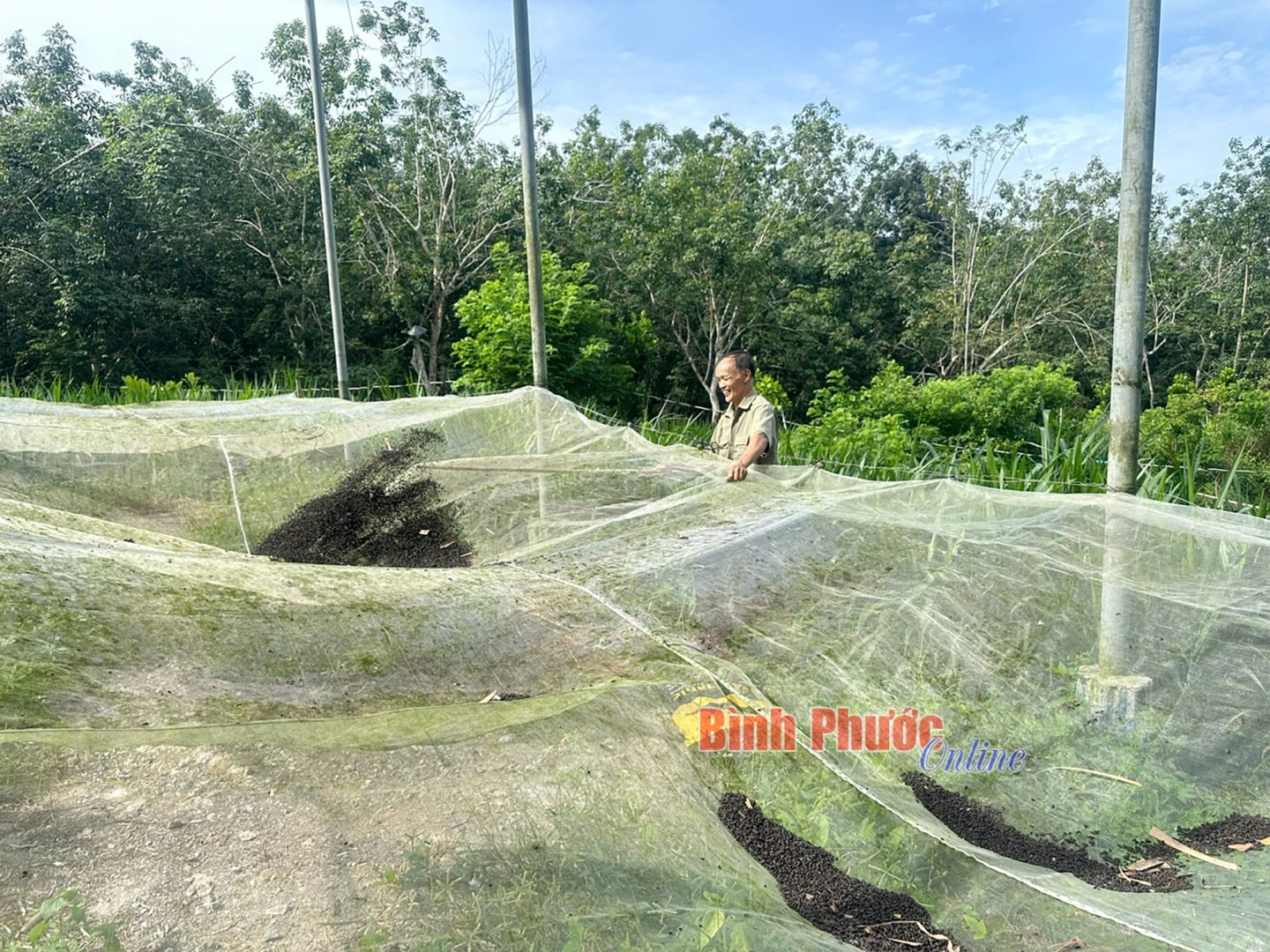
Regarding cage building techniques, Mr. Tho said: Bat cages are built in high, quiet places, near ponds, lakes, and water surfaces. The distance from the ground to the place where the leaves are hung to make shelter for bats is about 7m. Palmyra leaves can be used for 1 year before needing to be replaced. During the raising process, the leaves need to be cleaned. If the leaves are dirty, the bats will leave the cage. Under the bat cage, Mr. Tho stretches a net to collect manure every day. To raise bats effectively, two cages are usually made, because when one cage is cleaned of leaves, the bats will move to the next cage. Bats are active at night, when it is dark, bats fly out to find food. Bats' food is mosquitoes, butterflies, and aphids. During the day, they look for a quiet place to sleep. When sleeping, bats hang upside down, their heads facing the ground. Therefore, bat cages must be made in a quiet place, if there is a lot of noise, they will leave the cage.
The bat farming model has recently developed in Minh Tam commune. Currently, there are more than 10 households raising bats for their droppings. Thanks to this model, households have been proactive in fertilizing their crops. In addition, some bat farming households have increased their income by supplying bat droppings to the market in the Western provinces. Chairman of the Farmers' Association of Minh Tam Commune, Hon Quan District, TRUONG VAN HIEP |
High profits
Five years ago, Mr. Nguyen Van Cuong in Hamlet 2, Dong No Commune, Hon Quan District built two bat cages, each with an area of 27 square meters. Unlike Mr. Tho, Mr. Cuong raises bats to sell their droppings. With two cages, he collects about 6 kg of droppings every day. During the rainy season, many bats fly back to roost, so the amount of droppings doubles. Each month, the two bat cages collect 180-300 kg of droppings. Depending on the time, the price of bat droppings is from 50-55 thousand VND/kg, after selling the droppings, he earns from 10-15 million VND/month. In addition, Mr. Cuong also consults, builds cages and buys bat droppings for households in and outside the commune. Each month, he sells 3-4 tons of bat droppings to the Western provinces.
Mr. Cuong said: “Bat manure is very good, used to fertilize fruit trees and ornamental plants. Currently, the amount of bat manure in the commune is not enough to supply the market. Therefore, I often buy bat manure from households outside the commune. They buy as much as there are fertilizer dealers in the West.”
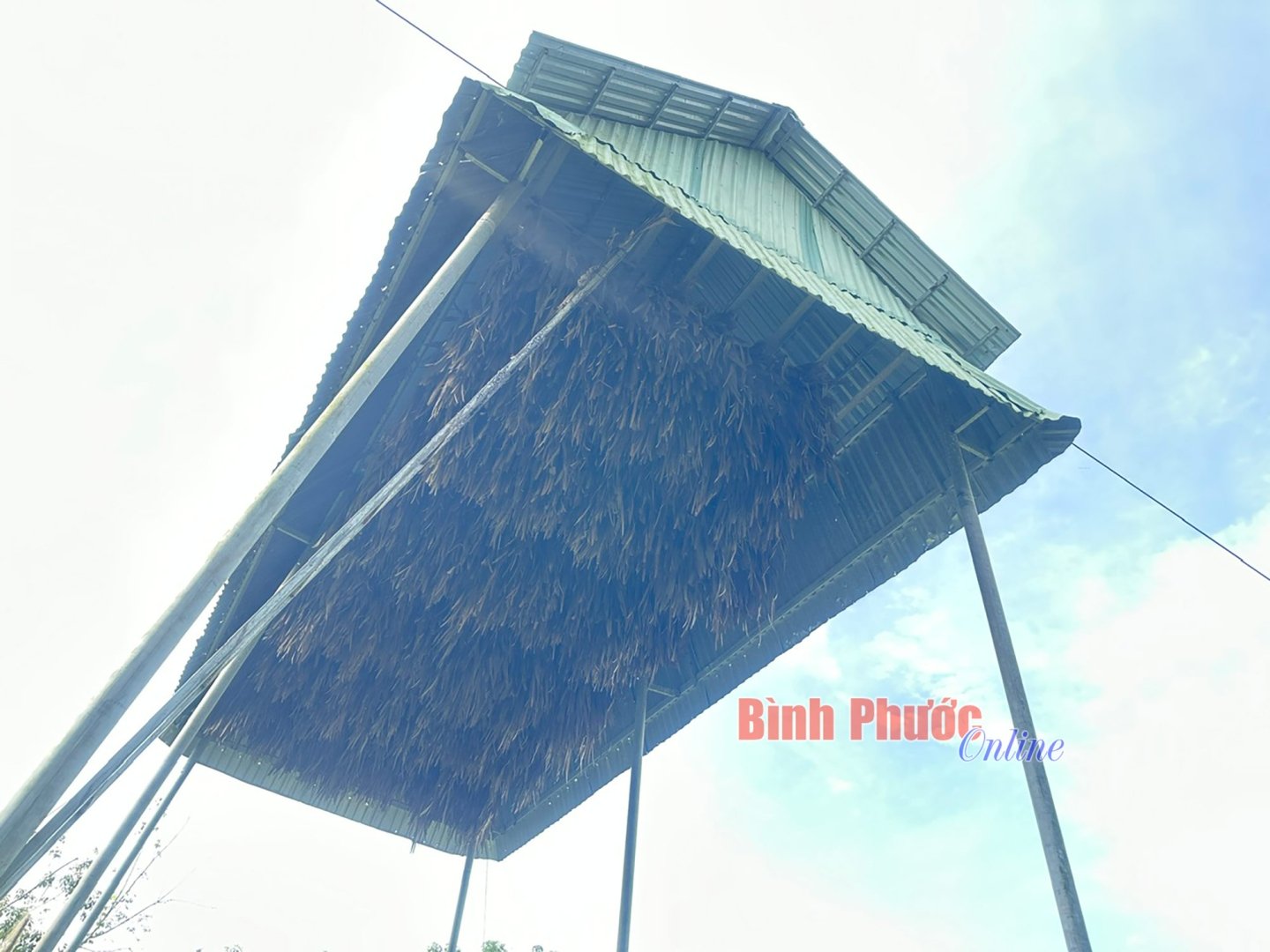
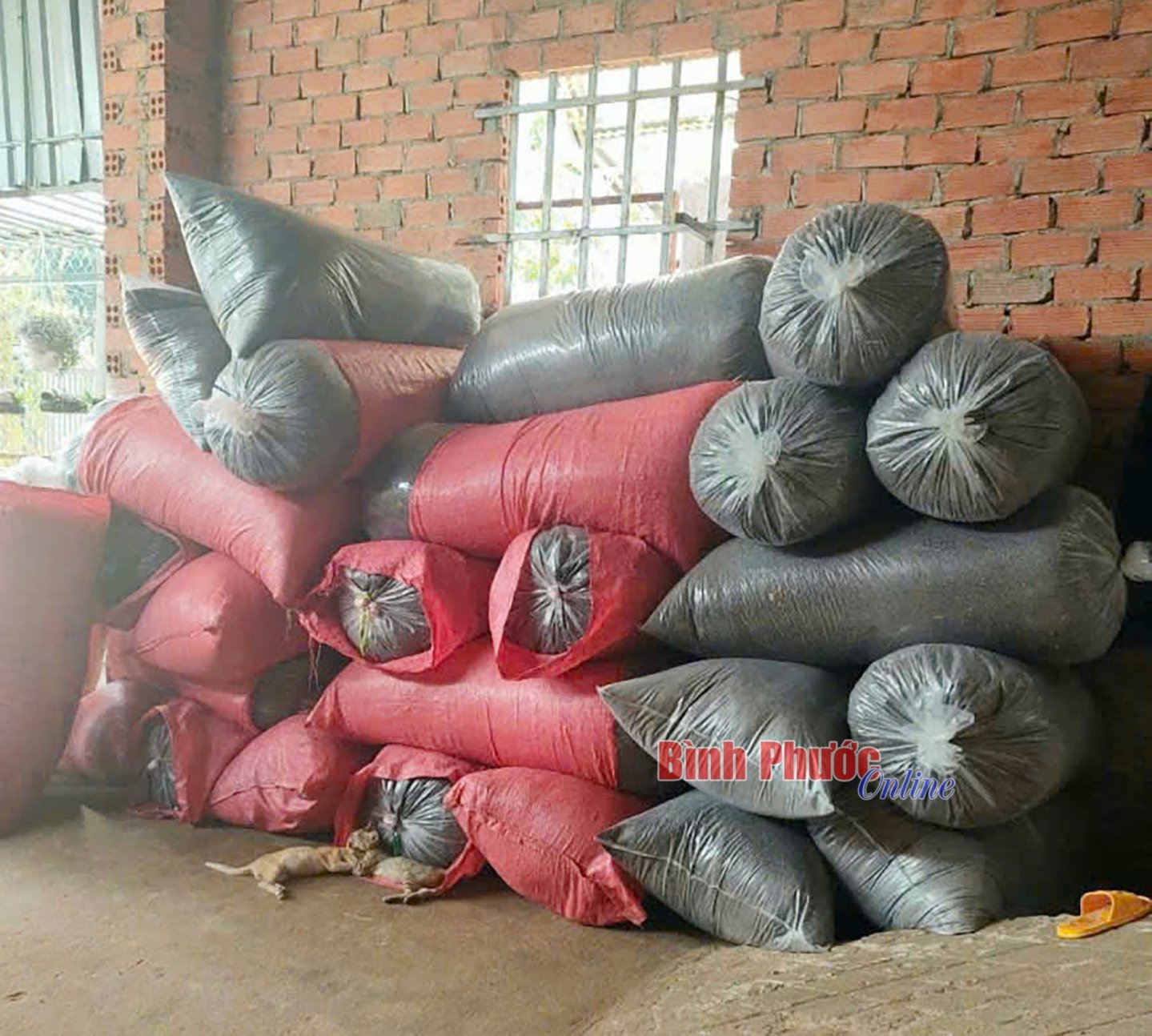
Bats are animals that are very sensitive to the scent of strangers, as well as animals and insects that can harm them. If disturbed, bats will leave. Dangerous enemies of bats are snakes, owls, bedbugs and ants. Therefore, it is necessary to regularly clear bushes to limit enemies from harming bats. Usually, about once a week, Mr. Cuong washes, dries and replaces new palm leaves. Replace the leaves when the bats leave the cage to eat and replace them quickly within 15 minutes. If you cannot replace them in time, replace about 1/3, then replace them the next day, because if they meet strangers, bats will leave the cage.
According to Mr. Cuong, raising bats is quite simple and does not require much care, because bats usually live in flocks in the wild. The cost of building a bat cage is from 50 to 60 million VND. The household only has to pay the initial cost of building the cage, but it can be used for many years later. Bat farming, in addition to producing fertilizer for crops, also brings a stable income to many households in Dong No commune.
Source: https://baobinhphuoc.com.vn/news/4/172519/nuoi-doi-lam-choi-an-that


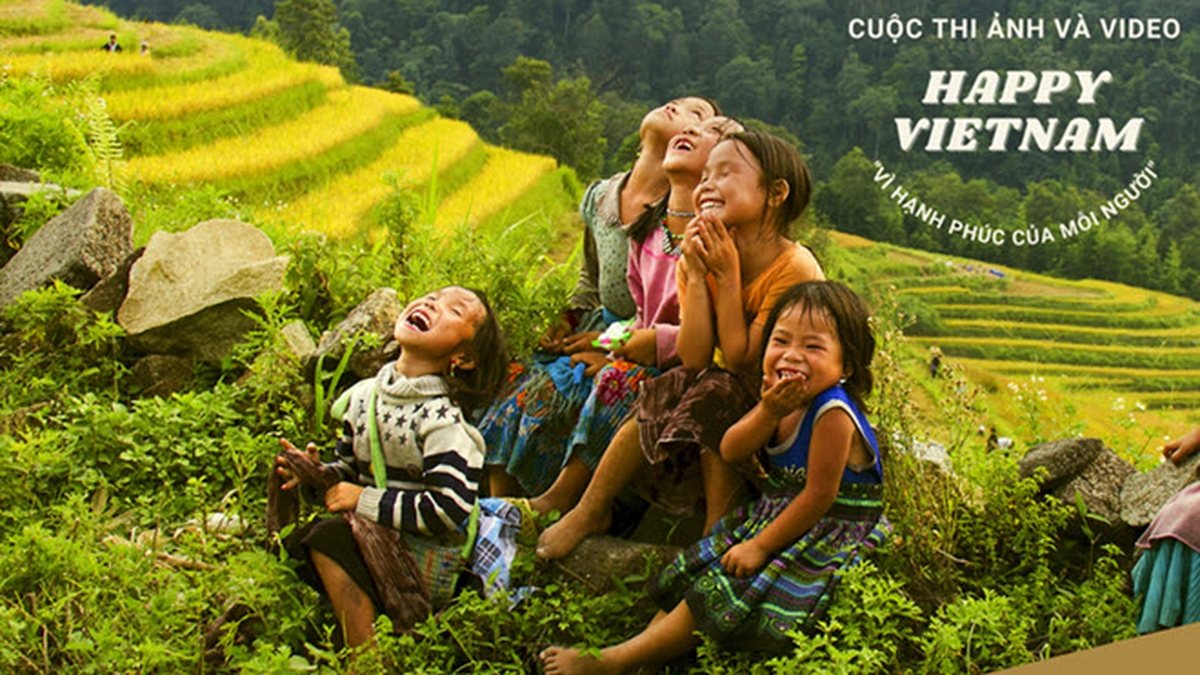

![[Photo] Closing of the 14th Conference of the 13th Party Central Committee](https://vphoto.vietnam.vn/thumb/1200x675/vietnam/resource/IMAGE/2025/11/06/1762404919012_a1-bnd-5975-5183-jpg.webp)
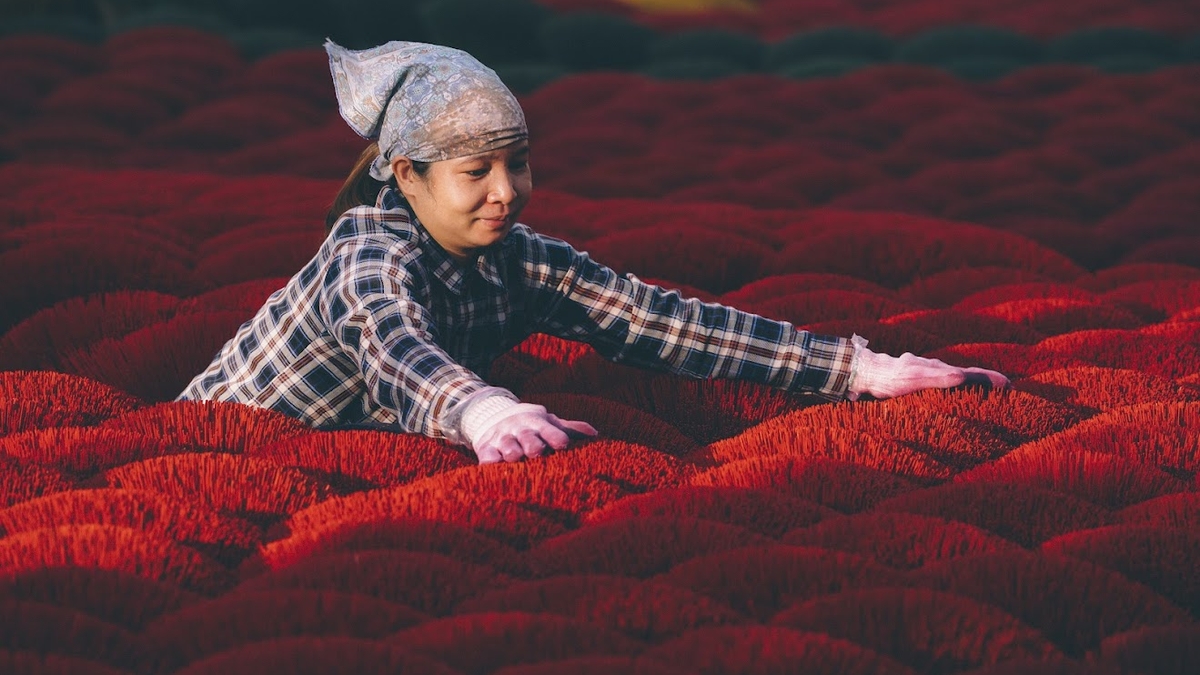
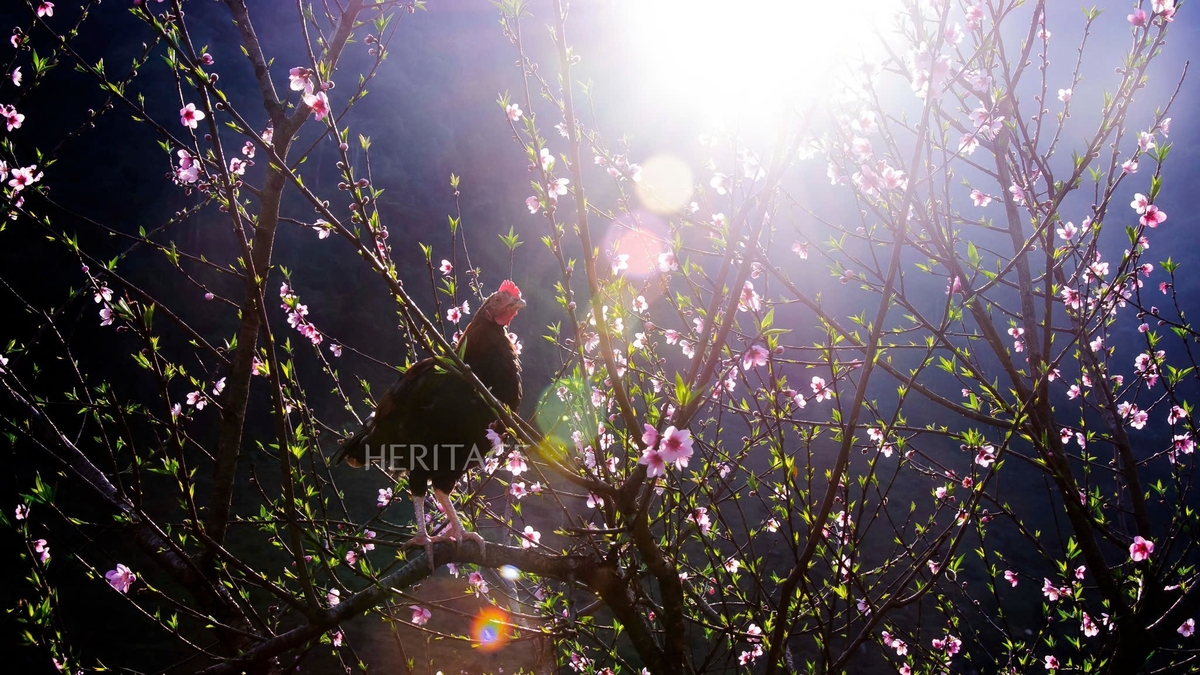

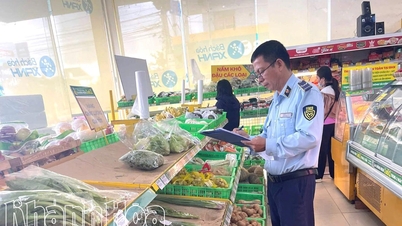

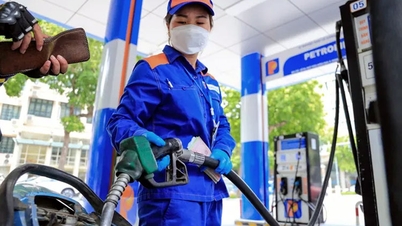

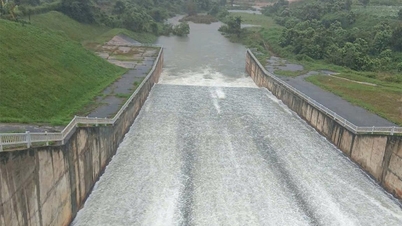



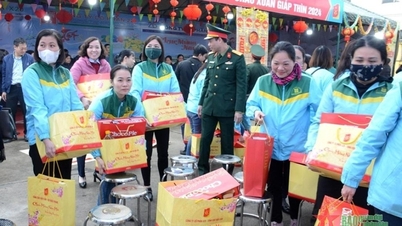

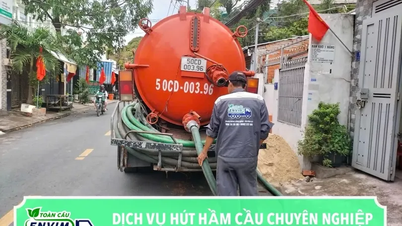





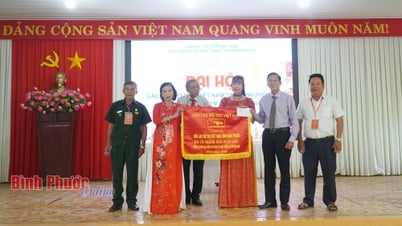
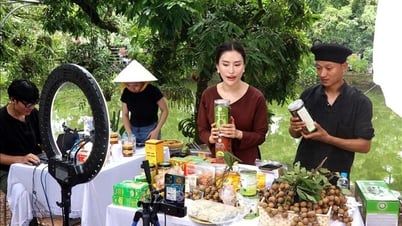
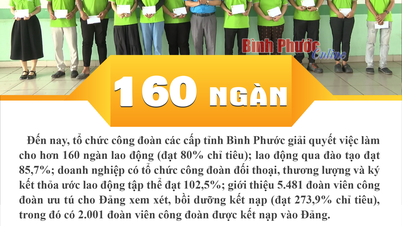

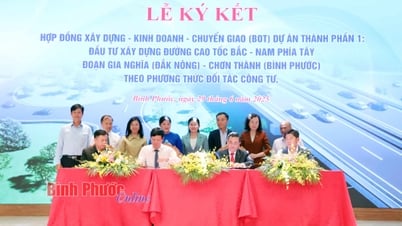
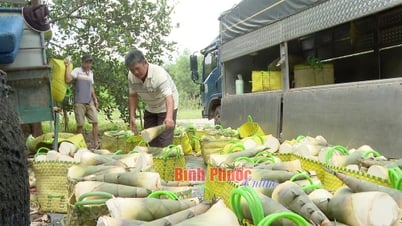





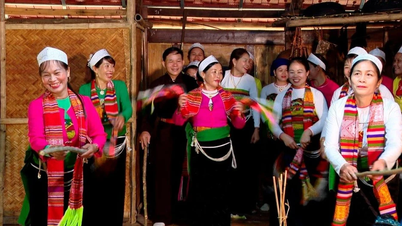







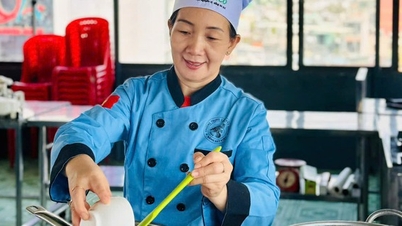











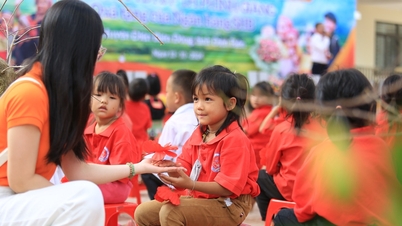

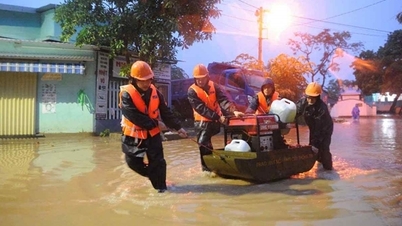














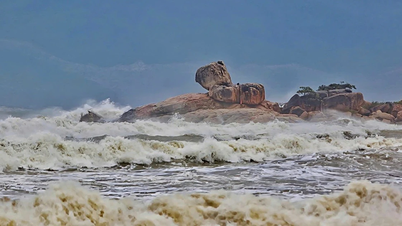

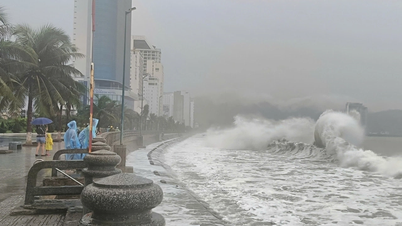




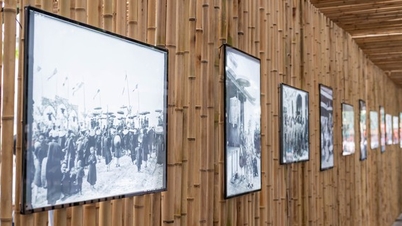



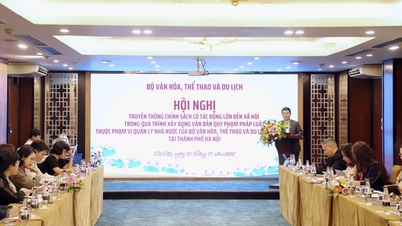





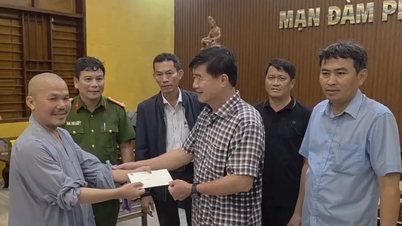




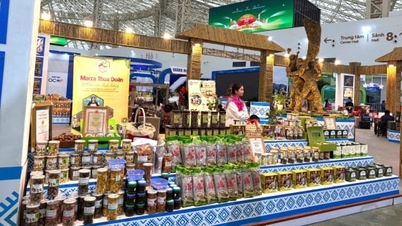










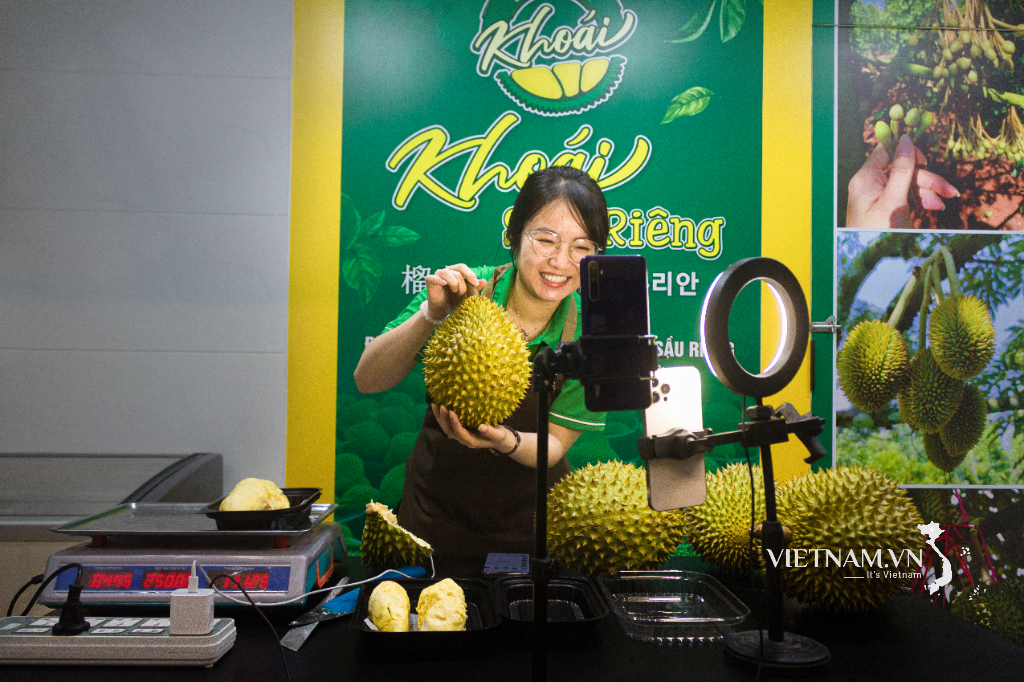

Comment (0)